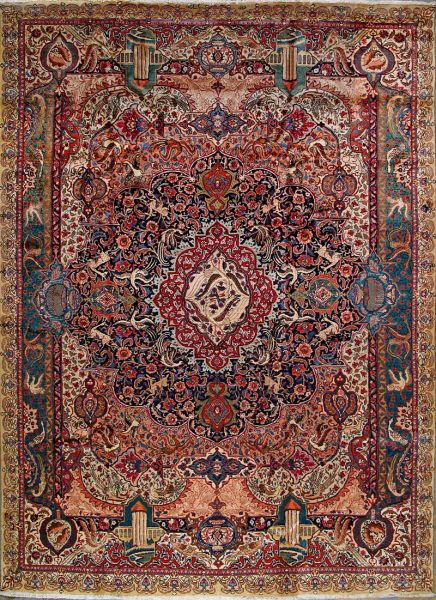
Advanced Search
Browse by Size
Small Rugs (3x5-Smaller) Room Rugs (4x5-7x12) Large Rugs (8x8-10x14) Oversized Rugs (10x15-Larger) Runners Rugs (all sizes) Round/Square (all size)Browse by Style
Traditional Persian Rugs Tribal Persian Rugs Antique Persian Rugs Pictorial Persian Rugs Silk Persian Rugs Finer Persian Rugs

8' 0" x 11' 3" kashmar Authentic Persian Rug
Product Attributes :
SKU:
201217
Rug Type:
Hand Knotted Persian Rug
Origin:
Genuine Persian
Size(ft):
8' 0" x 11' 3"
Size(cm):
246 x 343
Color:
Blue
Foundation:
Cotton
Pile(Material):
100% Natural Wool
Age:
New
KPSI:
Approx. 190
Condition:
Excellent
Shipping:
Free Shipping
Retail Price:
$13,800.00
Our Price:
$5,900.00
On Sale now:
$2,950.00

























